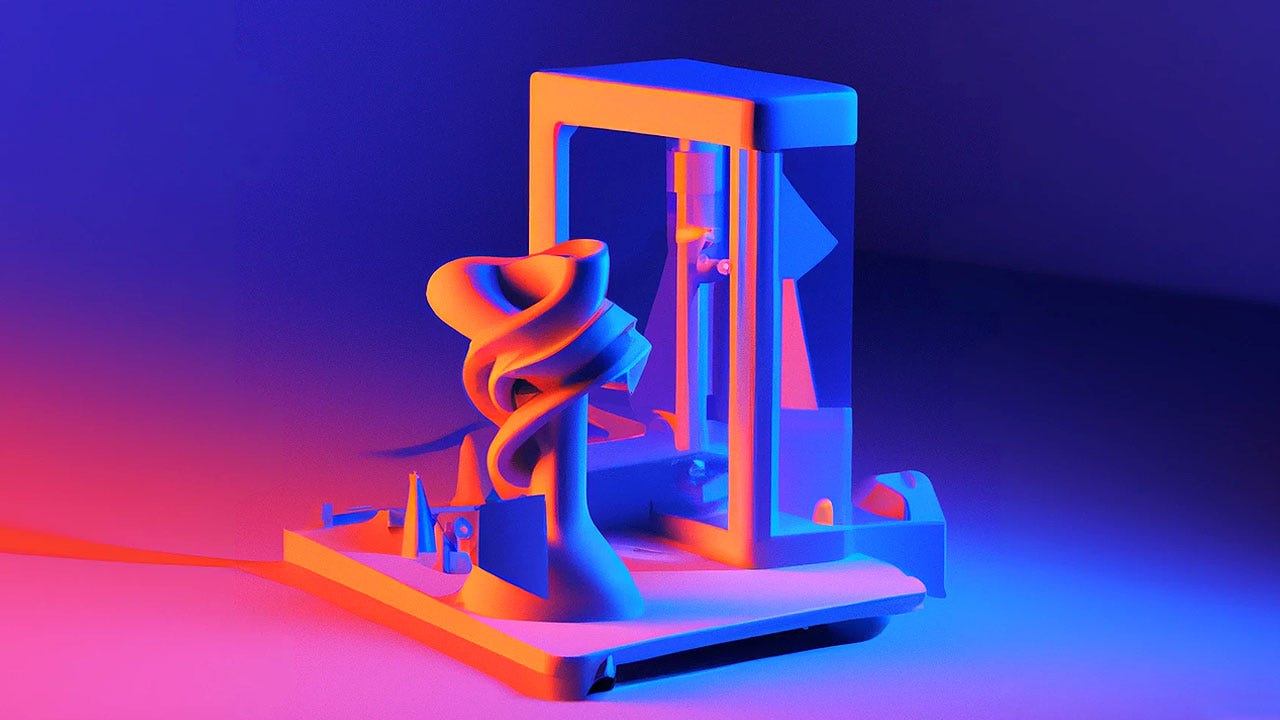Gaming, entertainment, architecture, and robotics simulation use 3D digital content. It's spreading to shopping, Internet conferencing, social media, education, etc. Creating quality 3D material involves creative, aesthetic, and 3D modeling knowledge. This requires time and effort. Augmenting 3D content production with natural language might aid beginners and skilled artists.
Generate realistic 3D models from text
Diffusion techniques for generative picture modeling have improved image production from text prompts. Large datasets (images with text) scraped from the Internet, and vast computational power are crucial facilitators. However, 3D content creation is substantially slower. Categorical models dominate 3D object creation.
These models are highly restricted and not suited for creative production. This is owing to the unavailability of large-scale 3D datasets – compared to images and videos, 3D material is less available online. This raises the issue of whether text-to-image generative models can accomplish 3D generation.
This article shows its capacity to produce text-conditioned 3D content using a pre-trained text-to-image model. The method produced 3D, but it takes hours.
The below method presents a technique for synthesizing 3D models from text in less time.




